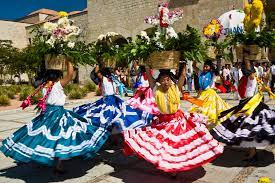Building Your Library...Part 3, Early 17th Century music for C recorders
- fredericksburgrecorders

- Jan 7, 2020
- 2 min read
Updated: Jan 13, 2020
In January the GFC of the ARS was treated to a performance-presentation on music for C recorders. The music and instruments included in the presentation covered solo and accompanied solo repertoire from the 17th through the 18th centuries.
Introduction to solo music for C Recorder…
During the 17th and 18th centuries, the C recorders had a harder time going from the “consort-life” to “solo-life” thanks to stiff competition from the transverse flute. Despite the competition, there are some wonderful pieces specifically written for the C recorder. We need not resign ourselves to cheesy transcriptions! The list presented here is by no mean exhaustive and does not include modern works for the instrument.
17th Century...
Cima, Giovanni Paulo. Sonata in G minor.
The sonata in G minor and D major, while most likely intended for violin work well on C recorder. Available here. Listen here.
Fontana, Giovanni Battista. Sech Sonaten. Winterthur/Schweiz: Amadeus. 1988.
Originally published in 1641, these sonatas are in keeping with the tradition of flexible instrumentation. The originally intended instrument was violin, but many of the sonatas work well on C recorder. Sonata no. 4 works very well on C recorder. Available here. Listen here.
Van Eyck, Jacob. Der Fluyten Lust-hof, vol. 1-3. Winterthur/Schweiz: Amadeus, 1984.
Originally published before 1648, these three volumes are the largest collection of unaccompanied music for a solo wind instrument (C recorder) ever written. Actually, the music was not “written” by Van Eyck, rather, he played the themes and his improvisations and someone else took his dictation! All three volumes are available on IMSLP. Available here. Listen here.

Instruments used in the 17th century portion of the presentation...
Soprano: Mollenhauer Kynseker soprano in plumwood
Tenor: Mollenhauer Kynseker tenor (keyless) in plumwood






Comments